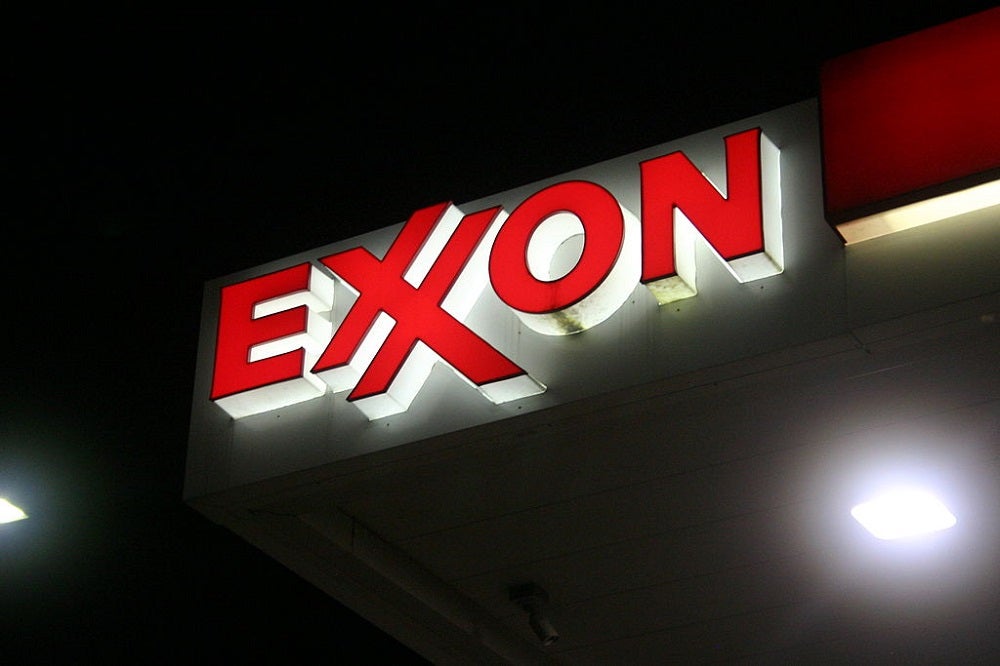
Profits at Exxon dropped by almost a third in 2019 on the back of low gas prices and tight oil refining margins.
The US oil major reported today (31 January) that its full-year earnings fell by 31% from $20.8bn in 2018 to $14.3bn last year.
In the fourth quarter, the Texas-headquartered firm recorded its worst operating profits in three years – with a net income of $5.7bn, down from $6bn a year earlier.
Exxon’s chairman and CEO Darren Woods said although the company’s operations performed well, a short-term supply length in its downstream and chemicals businesses impacted margins and financial results.
“Growth in demand for the products that underpin our businesses remains strong,” he added.
“We remain focused on improving our base businesses, driving efficiencies, and optimising the value of our investment portfolio.”
Why Exxon’s profits dropped in 2019
The decline in profits has largely been attributed by Exxon to low gas prices in the US, with its upstream income falling from $1.7bn in 2018 to $536m last year.
It was also hit by a $355m loss in its chemical business, which is the first time it’s recorded a negative figure in more than 20 years, according to data from S&P Global Market Intelligence.
The oil firm also made significant “capital and exploration expenditures” to the tune of $8.5bn, including key investments in the Permian Basin and a new oil discovery in Guyana.
The announcement comes a day after Royal Dutch Shell revealed its own falling profits – something it too attributed to weak commodity prices during the year.
Oil prices fluctuated throughout 2019, but were mostly subdued due to the effects of plentiful global supply and gloomy prospects over economic growth – largely as a result of the US-China trade standoff.
Brent crude averaged $64.36 per barrel in 2019, down from $71.06 per barrel in the previous year, while high production levels of natural gas – particularly in the US – have kept prices for the fuel low, with Henry Hub spot prices averaging $2.57 per million British thermal units (MMBtu) in 2019.
Since the start of 2020 crude oil prices have veered significantly – initially buoyed by tensions in the Middle East and a US-China trade deal, but later dented by the impact of the coronavirus outbreak in Asia and fears over slowing global demand, which earlier this week dragged prices below $60 per barrel.
Exxon’s increased capital expenditure
Exxon increased its capital expenditure to $31bn in 2019 from $26bn the previous year – another reason why it recorded a decline in the end-of-year profits.
The firm spent billions on starting production on its Liza 1 operation offshore Guyana, which it expects to reach a capacity of 120,000 oil barrels per day (bpd) in the coming months.
The oil giant confirmed construction of Liza Phase 2 is underway, where production capacity could reach up to 220,000 bpd once complete.
During 2019, it secured more than 1.7 million acres for offshore exploration near Egypt, as it looks to increase its global portfolio.
Exxon, Tencent, Tuhu and a distribution holding company also announced last year a joint venture establishing an integrated car care network in China – which is expected to launch in spring this year.
But the company recouped money by selling its non-operated upstream assets in Norway to Var Energi AS for $4.5bn – as part of its plans to divest about $15bn in non-strategic assets by 2021.






